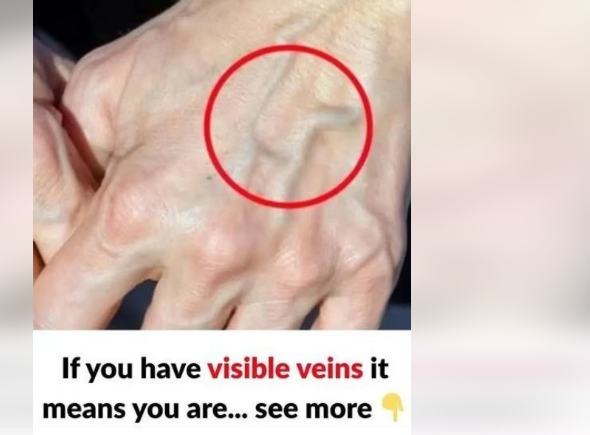Sudden bulging veins can be surprising — and sometimes alarming. In many cases, they’re harmless and linked to natural causes like aging, vigorous exercise, or family genetics. They can also become more visible during hot weather or after wearing tight clothing. However, if bulging veins are accompanied by pain, swelling, warmth, or skin discoloration, it’s a signal you shouldn’t ignore. These symptoms can point to an underlying condition that needs medical attention.
One of the most common reasons for persistent bulging veins is varicose veins. This happens when the valves inside your veins weaken or stop working properly, causing blood to pool. Over time, the affected veins swell, twist, and become more visible — most often in the legs. Your risk increases if you’re pregnant, overweight, a smoker, or spend long hours sitting or standing still. While varicose veins may start as a cosmetic concern, leaving them untreated can lead to much more serious complications.If ignored, varicose veins can progress to venous ulcers — painful, slow-healing sores that usually form near the ankles due to poor circulation.
They can also lead to blood clots, including deep vein thrombosis (DVT). DVT is especially dangerous because a clot can break loose and travel to the lungs, causing a potentially fatal pulmonary embolism. This is why early diagnosis and treatment are so important if your symptoms worsen or persist.The first steps in managing bulging veins usually involve lifestyle changes: regular exercise, maintaining a healthy weight, quitting smoking, and avoiding tight clothing that restricts circulation.
Compression stockings can help improve blood flow, and elevating your legs after long periods of standing can reduce swelling and discomfort. In more severe cases, medical treatments such as injection therapy, laser procedures, or surgery may be necessary to restore healthy vein function and prevent dangerous complications.The bottom line: most visible veins are harmless, but they should never be ignored if they come with troubling symptoms. Paying attention to your body, seeking timely medical advice, and making small, consistent changes can protect your circulation — and possibly your life.
